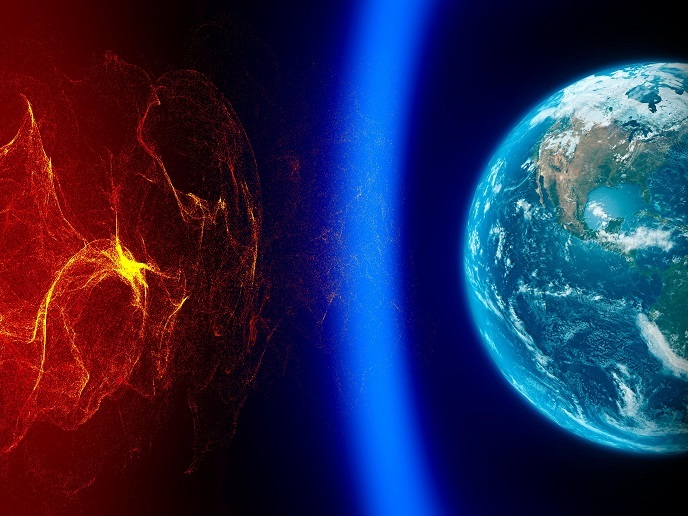Defining the future of electric propulsion for in-space operation and transportation
To reach its operational orbit and maintain its position in space, a satellite must be able to manoeuvre using its own thrusters. Traditionally, this has been done using chemical propulsion systems. However, things are changing. While chemical propulsion does a good job at producing the enormous thrust needed to get a satellite into orbit, it is less adapted to propulsion once the satellite is in space. Furthermore, the chemical propellants and storage structure used in chemical propulsion systems are complex – and expensive. A potential alternative is an electric propulsion system (EPS). By achieving thrust with high exhaust velocities, an EPS reduces the amount of propellant required for a given application. Any reduction in propellant mass can significantly decrease the launch mass of a spacecraft or satellite. This in turn results in the ability to use smaller launch vehicles to deliver a desired mass into a given orbit or a deep-space target – all of which lowers the costs of the entire mission. Despite this potential, an EPS doesn’t have the performance or maturity levels needed for wide-scale use. The exception is Hall-effect propulsion technology, which is the focus of the EU-funded CHEOPS (Consortium for Hall Effect Orbital Propulsion System) project. “When it comes to high thrust density, Hall-effect propulsion technology is at the forefront,” says Idris Habbassi, CHEOPS project coordinator and head of R&T programmes on space EPSs at Safran. “From the thruster to the cathode, Power Process Unit and Flow Management System, this project focused on providing the incremental technology changes needed to advance the state of the art in EPSs.” Led by Safran Aircraft Engines(opens in new window), the CHEOPS consortium is comprised of some of Europe’s leading satellite manufacturers, including Airbus Space(opens in new window), OHB System(opens in new window) and Thales Alenia Space(opens in new window), along with representatives of the EPS supply chain and academia.
Advancing Hall-effect thrusters
Hall-effect thrusters (HET) use a magnetic field to limit the electrons’ axial motion. They then use this motion to ionise propellant, accelerate the ions to produce thrust, and neutralise the ions in the plume. In the CHEOPS project, researchers aimed to develop three different HET-based EPSs. These included a low-power EPS for low Earth orbit applications, a dual mode EPS for geosynchronous applications, and a 20 kW high-thrust EPS for exploration applications. “Each of these proposed HETs are being developed according to market needs and by applying incremental technology changes to existing EPS products,” explains Habbassi. Other work included developing advanced numerical design tools for electric propulsion. “These tools further our understanding of the observable behaviour and interactions with the satellite platform and predict the performance of a given design,” adds Habbassi. “This includes the use of alternative propellants and the ability to estimate a system’s lifespan.”
Beyond the state of the art
The project succeeded at pushing space propulsion technology beyond the state of the art. “CHEOPS addressed complex technologies that will enhance new types of future space missions, allowing for the use of smaller spacecraft carrying larger, more sophisticated payloads,” Habbassi says. “In doing so, we have enhanced European competitiveness on electric propulsion systems at the global scale.” All the consortium partners are now working to further mature the technologies for use in future space missions and to comply with all commercial and regulatory requirements.







